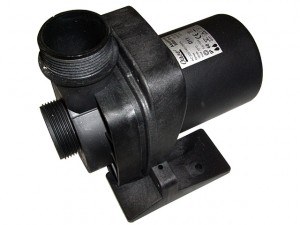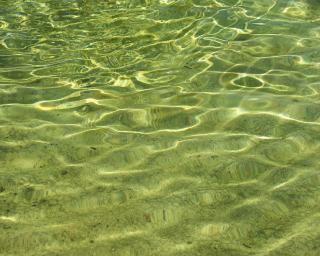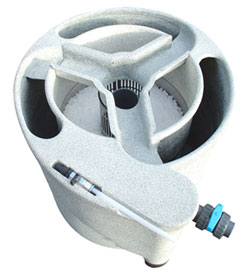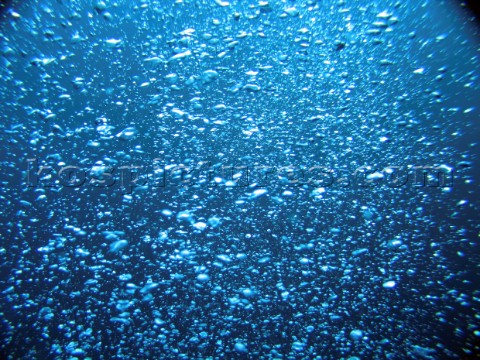General Setup and Circulation

The pond is gravity feed with a bottom drain (there are two basic methods of circulating the water through filters etc and I won't elaborate into them here. If you don't know what I'm talking about, then do a web search for 'koi pump fed or gravity' or something similar. There is a lot of explanatory material out there). I chose a gravity fed system because it seemed to me the most elegant and the overwhelming weight of advice was that it is the best. The main advantage is that water is taken from the very bottom of the pond for treatment and so seems likely not to leave much rubbish behind.
The water is circulated using a pump to a single inlet at the pump end. My first idea was that I would have two returns to the pond, at opposing corners of each of the two long sides. This, I figured, might 'swirl' any debris to the centre. But on reflection, I figured that the simpler the setup, the less there was to go wrong. I think that probably mine is about as simple as the water treatment setup can be. Water comes up through the filter, through the pump and then past the UV treatment unit. Having the UV last is perhaps slightly less than ideal, as dead algae is returned to the pond, but we'll see how it goes. I reckon it'll sink and be filtered out along with the rest of the waste.



